Here’s the truth about this highly aggressive, invasive insect in SC and how to fight it
It’s no secret that mosquitoes can be quite the nuisance across South Carolina.
Have you ever paid attention to what they look like?
You might have come across an Asian tiger mosquito (Aedes albopictus).
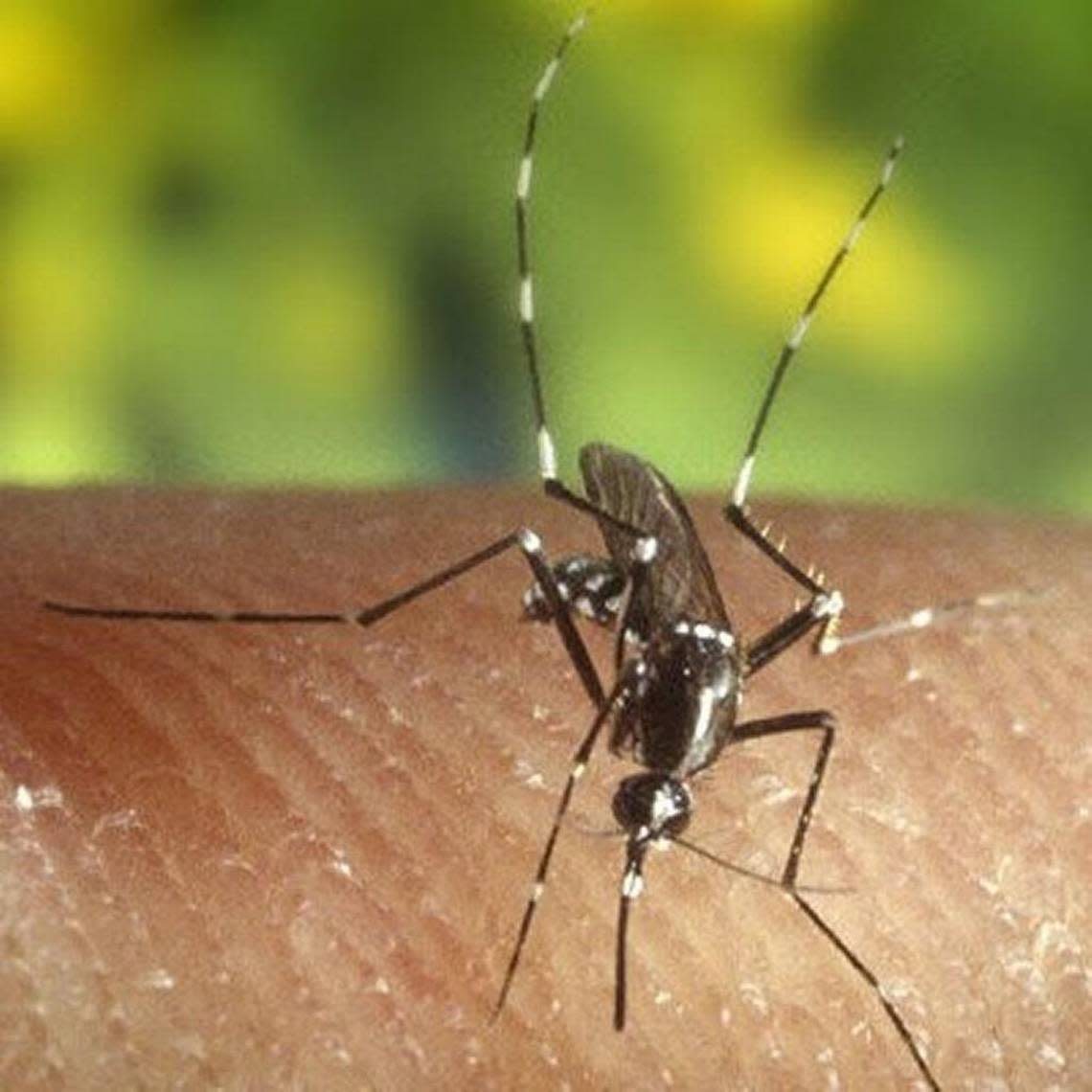
This mosquito species has a black body with white stripes and a single white stripe running the length of its back.
It is known to be an aggressive biter and, in most cases, will choose to feed during the day on humans, animals and birds as their ideal hosts. Animals such as squirrels, dogs and deer are at risk for getting bitten.
The Asian tiger mosquito originates from Southeast Asia. However, in the last 50 years, the species has spread to Europe, the Americas, the Caribbean, Africa and the Middle East, according to SC.gov.
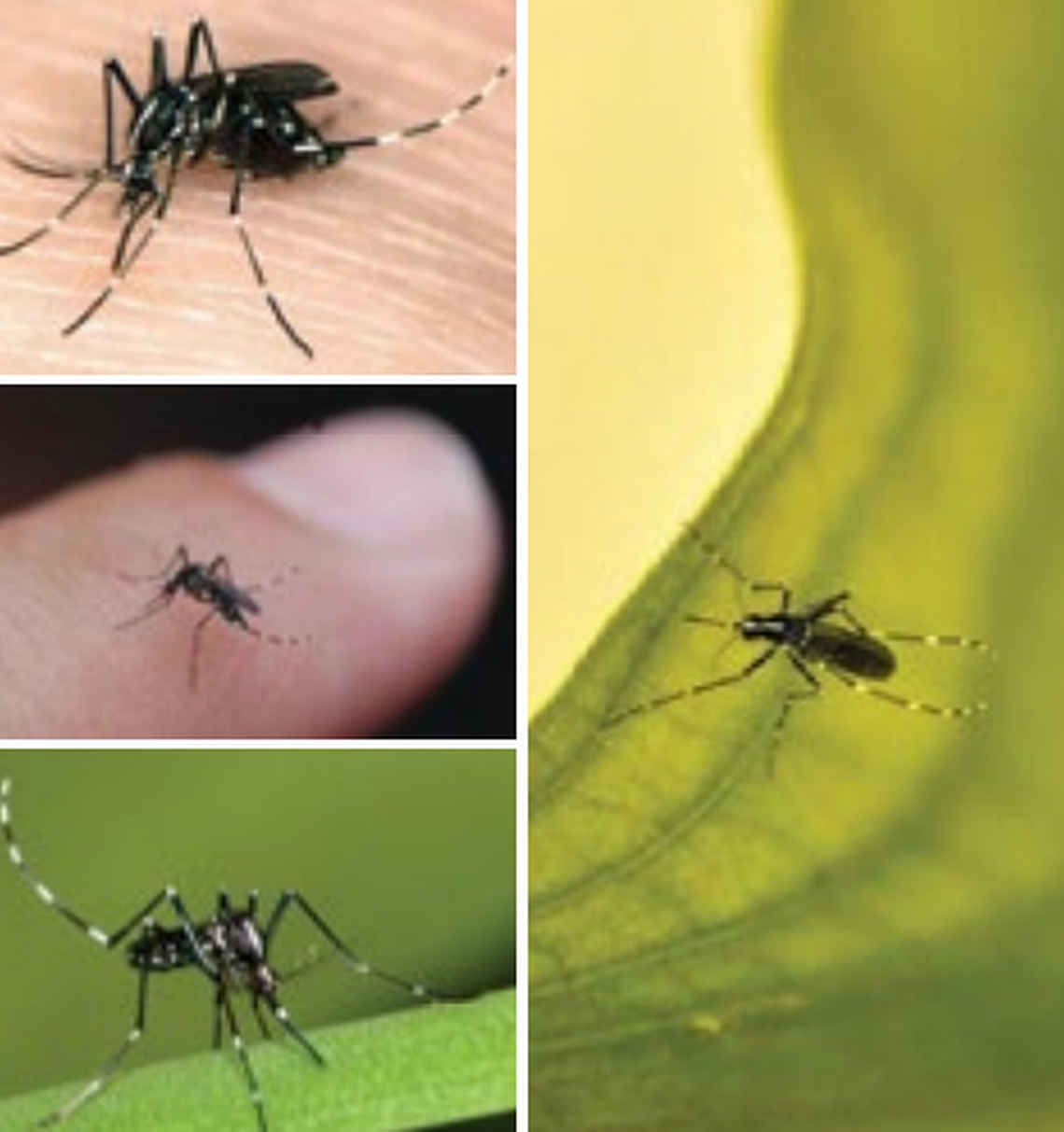
“The species was first detected in North America in a shipment of used tires at the Port of Houston in 1985 and have since spread throughout the southern United States. Because of its aggressive expansion, the Global Invasive Species Database lists it as one of the world’s worst invasive species,” the site states.
The male Asian tiger mosquitoes will only feed on plant juices and do not bite, meaning they do not feed on a host, reported the Illinois Department of Public Health; whereas, the females will seek blood to help their eggs develop.
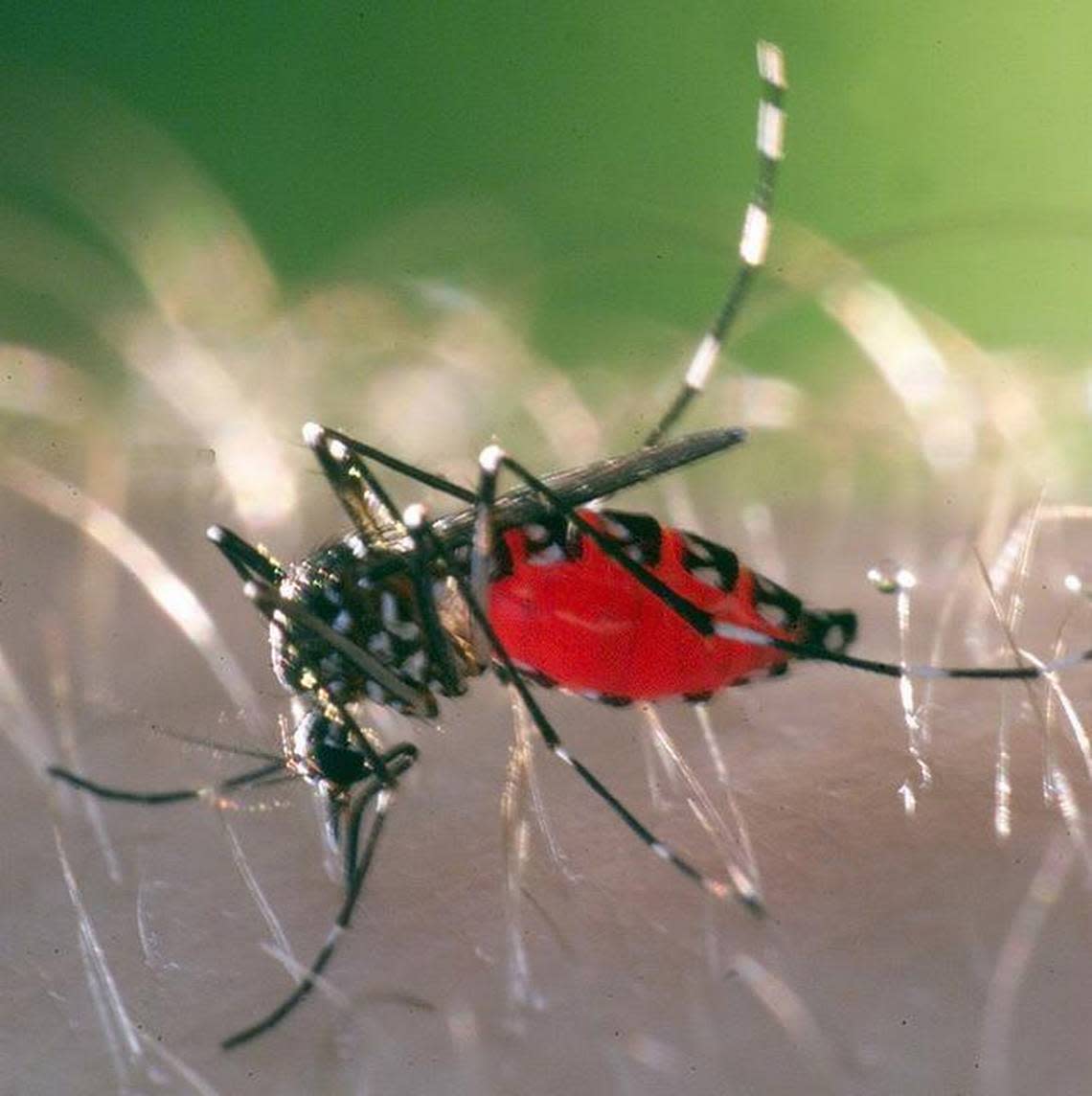
A female mosquito may bite the same person several times or move from person to person before the urge to feed on blood is satiated, according to the Maryland Department of Agriculture.
Approximately four or five days after feeding on the necessary blood for egg production and development, the female mosquito will lay her eggs just above the surface of the water in areas such as a branch, old bucket, tire or anything substantial nearby. Then, once rain covers the eggs with water, the mosquito larvae will hatch.
Due to this species of mosquito only breeding in artificial, wet environments, other areas may include a neighborhood rain gutter, bird baths, flower pots, barrels, boats, tarps, garden pools or any other artificial pool of water.
These mosquitoes only need about a bottle cap full of water to lay their eggs, which can even sometimes survive being dried out, noted Zachary Smith, a licensed pest control professional from PestDude.com.
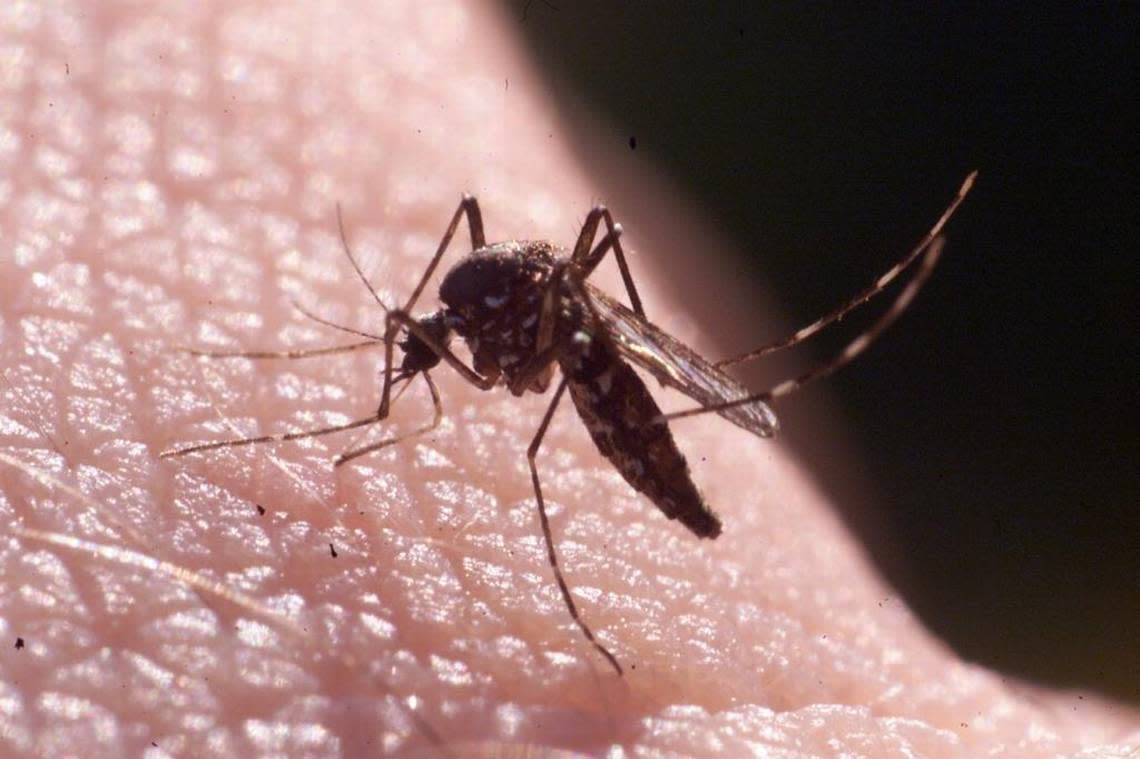
“The average life expectancy of an adult mosquito is about three weeks. It does not fly far, usually less than 500 feet. Therefore, if you have this mosquito, most likely it is coming from containers nearby, detailed the Public Health Foundation.
Although the bite of an Asian tiger mosquito is not particularly irritating aside from some itching and redness, they are persistent biters.
These mosquitoes are attracted to dark-colored clothing, perspiration, carbon dioxide and certain other odors, IDPH states.
While you may not think much of a bug bite, these insects can carry and transmit quite a few diseases.
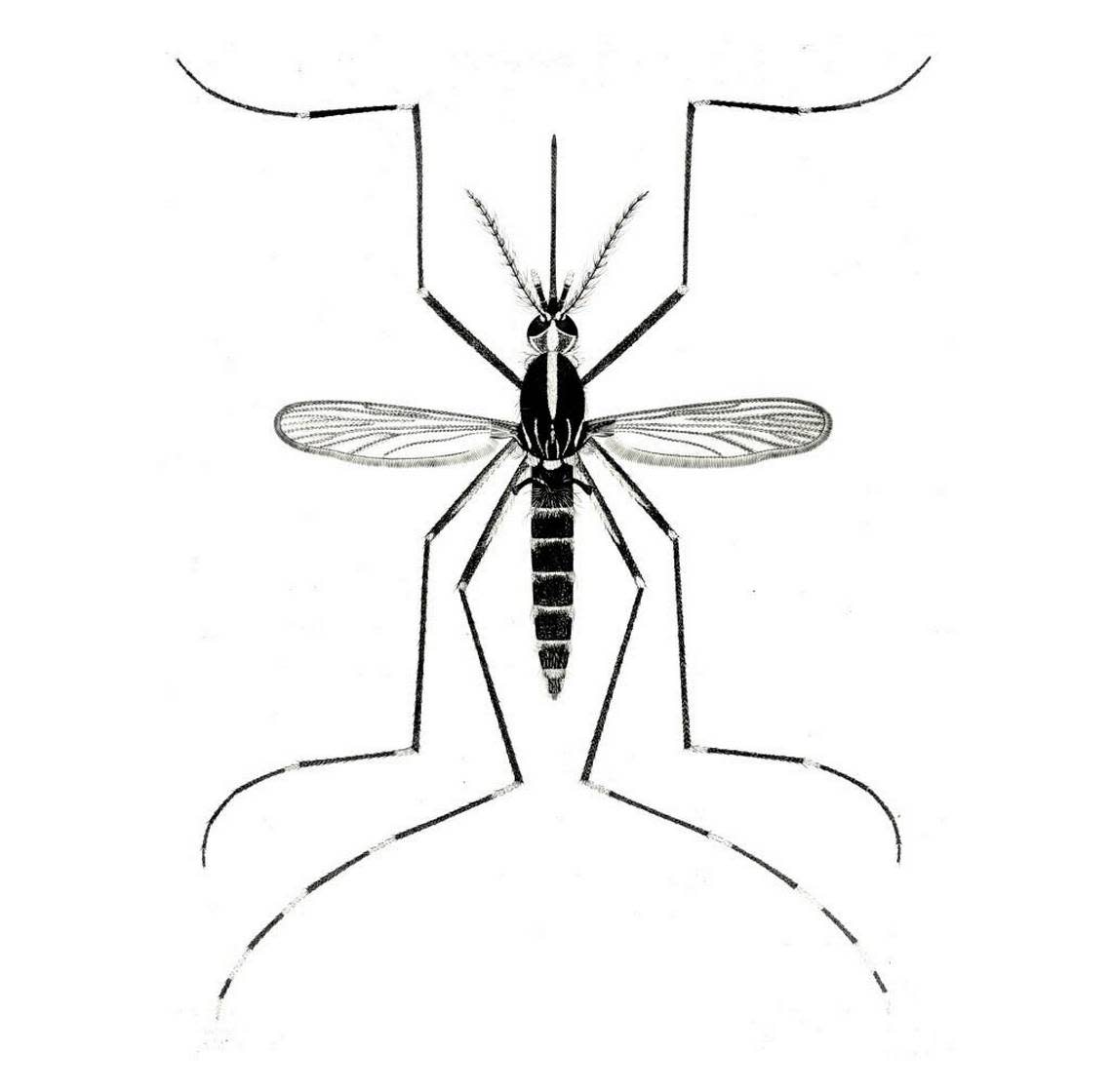
The Asian Tiger Mosquito can transmit diseases such as West Nile virus, Zika virus, Chikungunya, and Dengue fever to humans as well as heartworm to pets, according to the PHF.
“One of the key characteristics that makes the Asian tiger mosquito a concern is its ability to serve as a disease vector and transmit a number of diseases,” reported PestDude.
Aside from eradicating any sources of water around your home and yard, measures you can take to prevent these mosquitoes from breeding nearby or biting you can include using mosquito repellents containing DEET, picaridin, or oil of lemon eucalyptus, continued PestDude.
Bug spray is a good way to repel mosquitoes from yourself and the area. Any DEET product such as OFF, a natural spray such as No Natz or an area repellent such as a Thermacell will help prevent mosquito bites during outdoor activities.
As for ways to prevent getting an infestation altogether, the PHF reports that no water equals no mosquitoes.
To eliminate places where mosquitoes lay eggs, according to the PHF:
Dump and drain all standing water around your home every 5 days.
Discard or store all unused containers, cans, buckets, or old tires inside.
Remove all water dishes/plant saucers from beneath potted plants.
Dispose of trash and recycle unused containers.
Clean out rain gutters and lawn drains to ensure water does not collect.
Seal rain barrels to prevent mosquitoes from entering and laying eggs.
Empty bird baths and small fountains and scrub them to remove the eggs weekly.
Treat large containers that cannot be emptied with an insecticide that targets mosquito larvae (e.g. unmaintained swimming pool).
